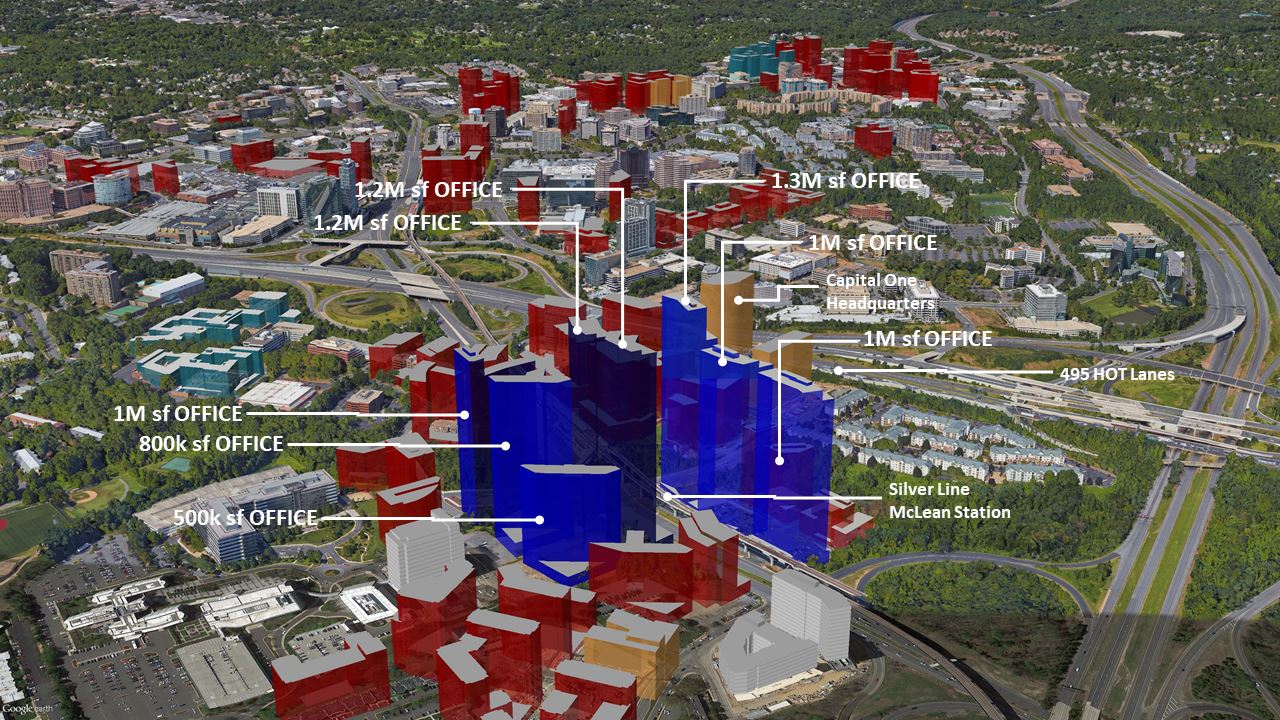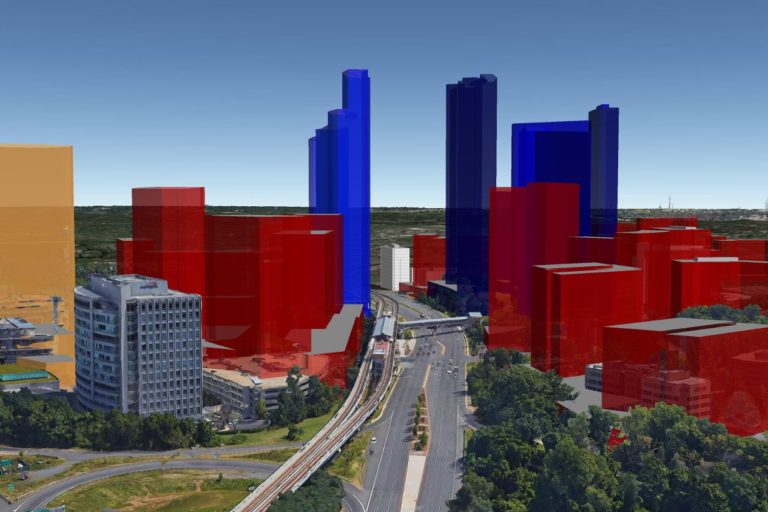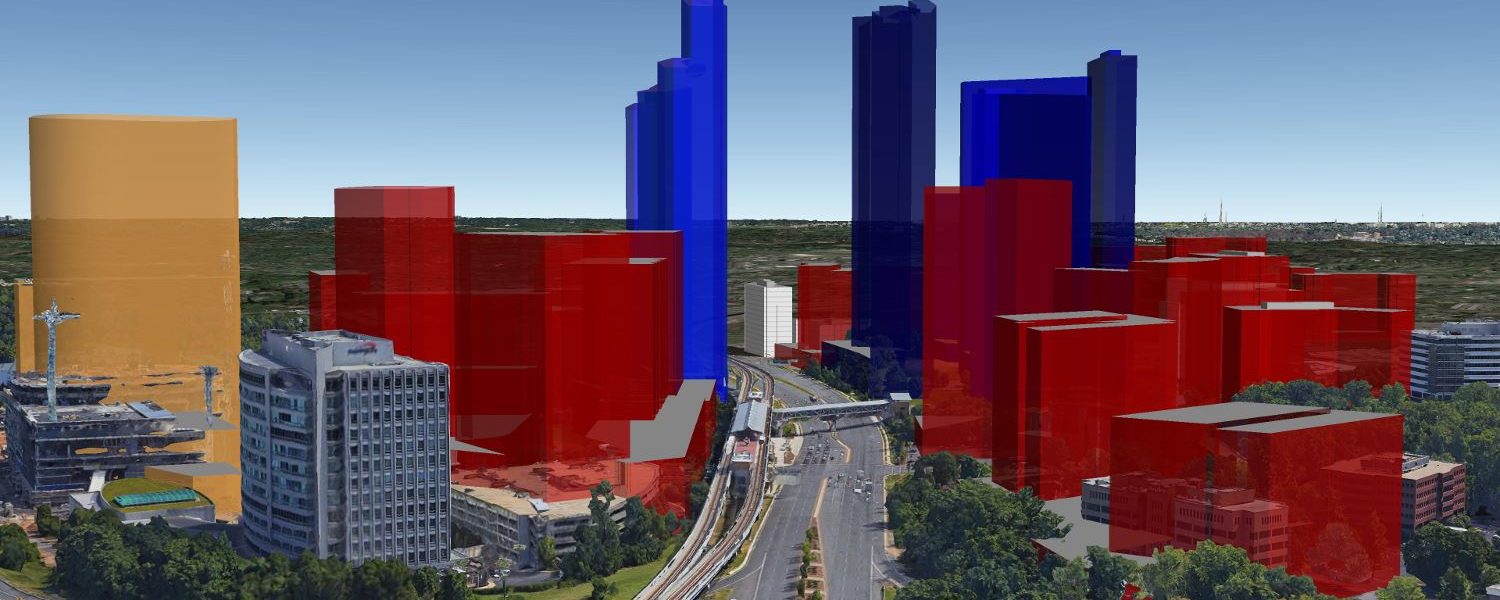When Amazon announced it as looking to build a second headquarters office last week, one that would house up to 50,000 employees, the city planning community exploded in speculation and salivation over the prospect of landing the biggest white whale business out there. As the world’s largest online retailer, Amazon coming to town would make a significant impact on any local economy. The information provided by Amazon was quite intriguing, largely because it focused on urbanism ideals rather than pure tax incentives.
See the full list well documented here by awesome urbanist and fellow blogger Payton Chung at Westnorth.com.
The big take away was Amazon’s desire to be close to transit, in an area focusing on urban fabric, and in a place able to build a whopping eight million square feet in a phased manner.
That number, in case you missed it, was eight million square feet; that’s the size of the pentagon and the empire state building combined. Of course, many people immediately pointed to some obvious contenders: Philadelphia, NYC, and Toronto all made the first takes. All of those locations could theoretically meet the eight million square feet requirement thanks to hyper dense neighborhoods near transit.
The name that was leading the internet though was DC, after all Amazon CEO Jeff Bezos owns the areas most expensive house and the Washington Post, and many of the attributes being described could be applied to the DC region.
The first thing I thought about was, how do you build eight million square feet in DC? It wouldn’t be pretty. It would likely end up being a super block off in what is currently an industrial parcel due to height limits, which would defeat the idea of being in the “urban core” of a region. Eight million square feet just wouldn’t work well in the District.
Tysons on the other hand, is well prepared for taking on such a construction task. Many of the rezonings in Tysons already include several million square feet of proposed build out. One location, as an example, that could probably be home to Amazon would be Scotts Run Station. Split across the North and South sides of Route 123, this project by Cityline already was proposing over a dozen 200 to 400 foot tall towers. Bring Amazon into the picture and the opportunity to put Tysons on the map with a marquee skyscraper becomes both an economic and PR boom for the city looking to reinvent itself.

So what would eight million square feet look like, based on the parcels already approved for Scotts Run? The rezoned and approved towers would have to get taller, but given the proximity to the McLean metro station this added density would be in line with the language in the Comprehensive Plan. How much taller would the buildings need to get? Those closest to the station would need to reach heights of nearly 800 feet. These would taper away from McLean station from 400 to 600 feet in height. In total eight towers would be needed, creating a hyper-dense new downtown worthy of a 21st century city seeking reform to land use.
Amazon has a lot of suitors out there, so the chances of the DC region, let alone Tysons, getting the tech giant are remote. However, it is informative to look at what economic development, like landing a tech mega-company, could do for urbanism goals and catalyzing city building near transit.
If Tysons has one thing going for it in the Amazon HQ2 hunt — other than the best taxes for corporations in the mid-atlantic, five existing Fortune 500 company headquarters, a highly educated computer science and engineering pool of residents, and the vision to reinvent itself — it’s the willingness to build.
As always, this city is open for business, and ready to rise.


